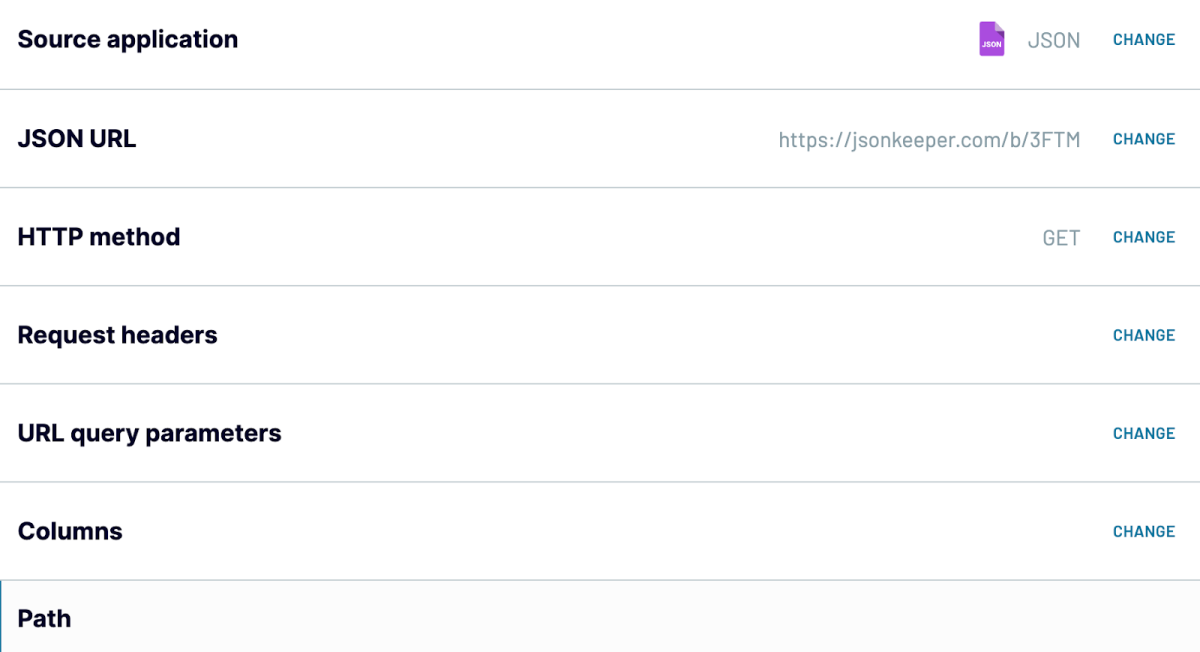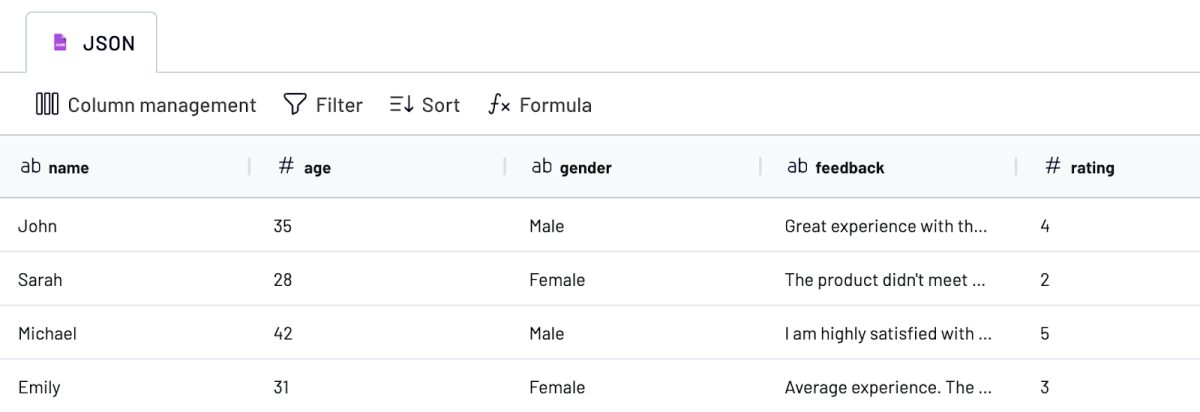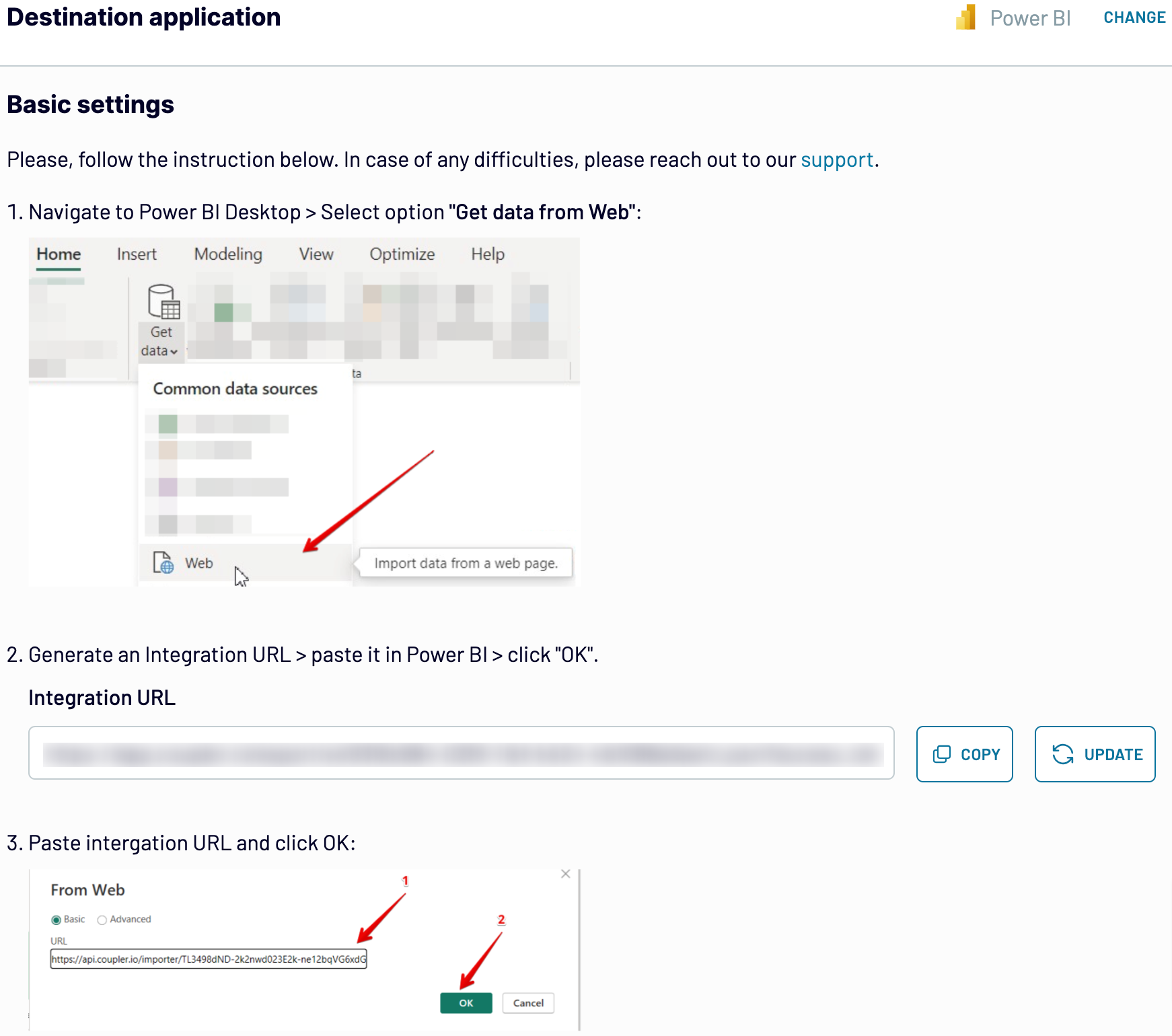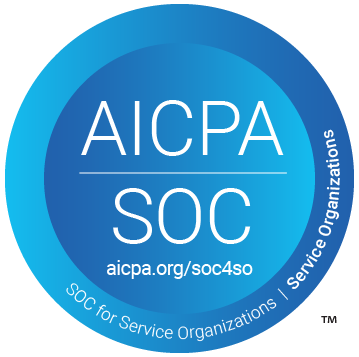Connect JSON to Power BI with Coupler.io to simplify reporting
Get and prepare data effortlessly
Collect and organize your data effortlessly with Coupler.io, which lets you connect JSON to Power BI. No coding is required; it is just seamless data transformation and integration. Use reliable connectors and manage everything in a single, intuitive UI.
Automate reporting tasks
Simplify your reporting tasks by automating JSON data import to Power BI with Coupler.io. Reduce manual work and build detailed, multi-source Power BI reports using our easy-to-use dashboard templates.
Stand out as a data-driven expert
Become a data-driven expert with Coupler.io’s seamless JSON to Power BI integration. Impress clients and stakeholders with transparent, real-time reports. Free up time for strategic tasks and enhance your decision-making with better insights.
How to import JSON to Power BI (detailed guide)
Coupler.io offers a straightforward process for connecting to APIs and retrieving data from them without coding. As a result, you can enhance your data analysis and reporting capabilities. Follow three simple steps to import JSON to Power BI and automate data refresh.
Step 1: Collect data

After that, proceed to the next step.
Step 2: Organize and transform
The next step is to organize and refine your data before it’s imported into Power BI. Coupler.io offers the following options to customize your data for analysis:

This step is essential to make your data analysis-ready.
Step 3: Load and automate
The last thing to do is load data from JSON to Power BI. Follow the in-app instructions which incite you to do the following:

Step 1: Collect data
- Specify the URL of the JSON file from where you want to import data. You can learn the JSON URL in the RESTful API documentation of your data source.
- Select the HTTP method to make a request to the API. GET is the default method but for some APIs you may go with POST.
- Specify HTTP headers to your request if required, for example, for authorization.
- Use URL query parameters associated with the JSON URL to filter out your data.
- Specify the fields (columns) to be imported. However, you can do this at a later stage.
- You can select nested objects from the JSON response using the path parameter if needed.

After that, proceed to the next step.
Step 2: Organize and transform
The next step is to organize and refine your data before it’s imported into Power BI. Coupler.io offers the following options to customize your data for analysis:
- Preview Data: Review the collected data to ensure it meets your expectations and reporting needs.
- Filter Data: Apply filters to focus on specific information, excluding irrelevant data points.
- Sort Data: Arrange your data logically to facilitate more straightforward analysis and reporting.
- Hide and rename Columns: Change column names to make them more descriptive and relevant to your business context. Hide the columns that are of no use to you.
- Adjust Column Order: Reorder columns to match your preferred data structure and enhance readability.
- Add Custom Columns: Use formulas to create new columns that provide additional insights or calculated values pertinent to your analysis.

This step is essential to make your data analysis-ready.
Step 3: Load and automate
The last thing to do is load data from JSON to Power BI. Follow the in-app instructions which incite you to do the following:
- Generate the integration URL and copy it.
- Open the Microsoft Power BI desktop and select Get data => Web.
- Paste the integration URL into the respective field. You’ll be offered to additionally transform the data in the Power Query editor and load the dataset to Power BI.

Export JSON to Power BI and schedule this process
To maintain up-to-date reports, you can automate this integration by setting up a refresh schedule. Coupler.io allows you to configure the frequency of data updates from daily to every 15 minutes. This ensures your Power BI dashboards always reflect the latest information. The automated data refresh saves valuable time and effort. It eliminates the need for manual data updates and provides continuous data accuracy.


Export data from JSON to alternative destinations
Quick start with dashboard templates

Multi-channel ad creatives performance dashboard







PPC multi-channel dashboard











All-in-one marketing dashboard













No such template is available yet.
No worries. Our team will create a template that fits your needs, just tell us more
about your case. It doesn't cost you a penny 😉
Request a custom report
about your case. It doesn't cost you a penny 😉
Import JSON to Power BI automatically with just a few clicks.
Connect similar Files & Tables apps and get data in minutes
What data you can export from JSON to Power BI
User Data
User data includes profiles, activity logs, and authentication details. Analyzing this data helps you understand user behavior, improve UX, and enhance security measures.
Financial Data
Financial data encompasses transactions, account balances, and financial statements. It provides a clear view of financial health. Financial data is helpful for budgeting, forecasting, and informed financial decision-making.
Financial Market Data
Financial market data covers stock prices, exchange rates, and commodity prices. You can use this information for investment decisions, market analysis, and financial planning.
Business Data
Business data includes sales records, performance metrics, and inventory levels. This information is crucial for optimizing operations and driving strategic business decisions.
Marketing Data
Marketing data covers campaign metrics, ad performance, and social media analytics. It offers insights into marketing strategy effectiveness. As a result, you can optimize campaigns and increase return on investment.
E-commerce Data
E-commerce data involves product listings, order details, and customer reviews. It helps you manage inventory, understand customer preferences, and improve sales strategies.
Weather Data
Weather data includes current conditions, forecasts, and historical data. It is valuable for planning and understanding environmental impacts on various operations.
Location Data
Location data encompasses geographic coordinates, maps, and routing information. It is essential for logistics, delivery optimization, and enhancing location-based services.
Health Data
Health data includes patient records, medical history, and health monitoring metrics. It supports patient care, medical research, and health management.
IoT Data
IoT data involves sensor readings, device statuses, and environmental data. You can use it to monitor, automate, and enhance the efficiency of IoT systems.
Logistics Data
Logistics data includes shipping schedules, delivery routes, and supply chain management. It ensures efficient operations, timely deliveries, and optimized supply chain performance.
Survey and Form Data
Survey and form data involve responses from surveys and feedback forms. This information is crucial for understanding customer opinions and conducting market research.
Operational Data
Operational data covers maintenance schedules, production output, and quality control metrics. It is helpful for optimizing operations, ensuring quality, and improving performance.
Educational Data
Educational data includes student records, course details, and attendance logs. It supports educational management, student performance tracking, and academic planning.
Event Data
Event data includes schedules, attendee information, and ticket sales. It can be used to organize events, manage attendance, and analyze event success.
Application Data
Application data includes error logs, usage statistics, and performance metrics. This data is vital for improving app performance, debugging issues, and enhancing user experience.
How do you connect JSON to Power BI?
Step 1. Enter your JSON URL and specify other parameters to make a request to the API
Step 2. Organize and transform data before loading it into Power BI
Step 3. Connect the Power BI account and copy the integration URL to the desktop app
Step 4. Schedule auto-refreshes to export JSON to Power BI at desired intervals
Pricing plans
- Monthly
- Annual (save 25%)
Keep your data safe
Coupler.io safeguards your shared information and data transfers from breaches, leaks, and unauthorized disclosures.


























